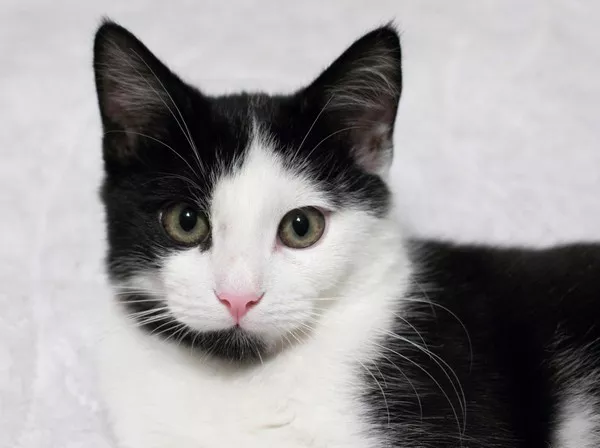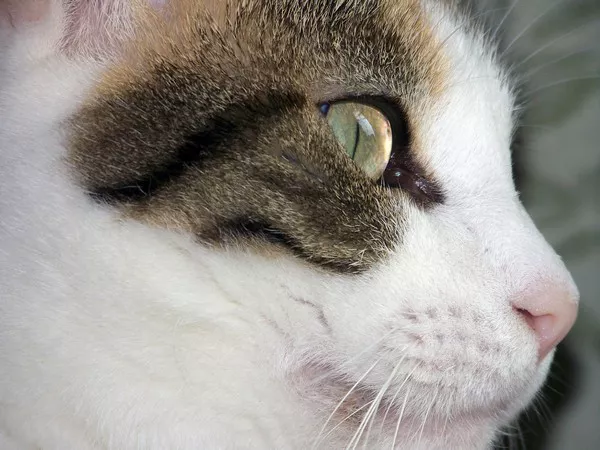Building a strong bond with a cat involves patience, understanding, and a few key strategies. Cats are unique creatures with their own personalities, and making them feel comfortable and loved requires a thoughtful approach. This guide offers detailed advice on how to foster a loving relationship with your feline friend.
Cat’s Behavior
To make a cat love you, it’s essential first to understand their behavior and body language. Cats communicate through a range of signals, and recognizing these can help you respond appropriately.
Feline Communication
Cats use vocalizations, body posture, and facial expressions to communicate. Here are some key behaviors to observe:
Purring: Generally a sign of contentment, but can also indicate pain or discomfort in some cases.
Tail Position: A tail held upright signifies confidence and friendliness, while a lowered tail can indicate fear or submission.
Ears and Eyes: Forward-facing ears and slow blinking are signs of relaxation and trust. Conversely, flattened ears and dilated pupils can signal anxiety or aggression.
Creating a Safe Environment
Cats need a secure environment to thrive. Stressful situations or environments can hinder the bond you’re trying to build. Here’s how to create a comfortable space for your cat:
Designate a Safe Space: Ensure your cat has a quiet, cozy area where they can retreat and feel secure.
Provide Enrichment: Cats need mental and physical stimulation. Toys, scratching posts, and climbing structures can help keep your cat engaged.
Maintain Consistency: Cats thrive on routine. Regular feeding times and consistent interaction help build trust.
Building Trust with Your Cat
Trust is the foundation of any loving relationship with a cat. Here’s how to build and strengthen that trust:
Respect Their Space
Allow your cat to approach you on their terms. Forcing interaction can be counterproductive. Let your cat come to you when they feel comfortable.
Gentle Interaction
When your cat approaches, use a calm, soothing voice and gentle touch. Avoid sudden movements or loud noises that could startle them.
Positive Reinforcement
Reward positive behavior with treats, praise, and affection. This helps your cat associate you with positive experiences.
Play and Engage
Interactive play is crucial for bonding. Use toys that mimic prey behaviors, like feather wands or laser pointers, to engage your cat. This not only provides exercise but also strengthens your relationship.
Caring for Your Cat’s Needs
Meeting your cat’s basic needs is crucial for their well-being and happiness. Here’s what you should consider:
Proper Nutrition
Provide a balanced diet suited to your cat’s age, health, and activity level. Consult your veterinarian for recommendations on high-quality cat food.
Regular Grooming
Brushing your cat helps reduce shedding and hairballs, and many cats enjoy the sensation. Regular grooming can also be a bonding experience.
Health Care
Regular veterinary check-ups are essential for maintaining your cat’s health. Keep up with vaccinations, flea control, and dental care.
See Also: Should I Put My Cat in a Kennel at Night?
Creating Positive Experiences
Cats form attachments through positive interactions and experiences. Here’s how to create memorable, positive experiences:
Quality Time
Spend time simply being with your cat. Sit quietly with them, or gently pet them. Your presence alone can be reassuring.
Training and Enrichment
Teach your cat simple tricks or commands using positive reinforcement. This not only stimulates their mind but also strengthens your bond.
Socialization
If you have a new cat or kitten, gradual and positive socialization is crucial. Introduce them to new people, pets, and environments slowly to build their confidence.
Common Mistakes to Avoid
Avoiding common pitfalls can help in forming a stronger bond with your cat:
Overhandling
While interaction is important, overhandling can stress a cat. Always watch for signs of discomfort and give your cat space when needed.
Ignoring Body Language
Disregarding your cat’s body language can lead to misunderstandings and mistrust. Pay attention to their signals and respond appropriately.
Inconsistent Routines
Inconsistent routines can stress your cat and make it harder for them to trust you. Strive for consistency in feeding, playtime, and other interactions.
Conclusion
Building a loving relationship with your cat is a rewarding journey that requires patience, respect, and understanding. By creating a safe environment, building trust, meeting their needs, and ensuring positive experiences, you can foster a deep, lasting bond with your feline friend. Remember, every cat is unique, so adapt your approach to suit their individual personality and preferences. With time and care, your cat will come to love and trust you, creating a fulfilling companionship for both of you.
Related Topics
Why Do Cats Go Crazy When You Brush Them?























